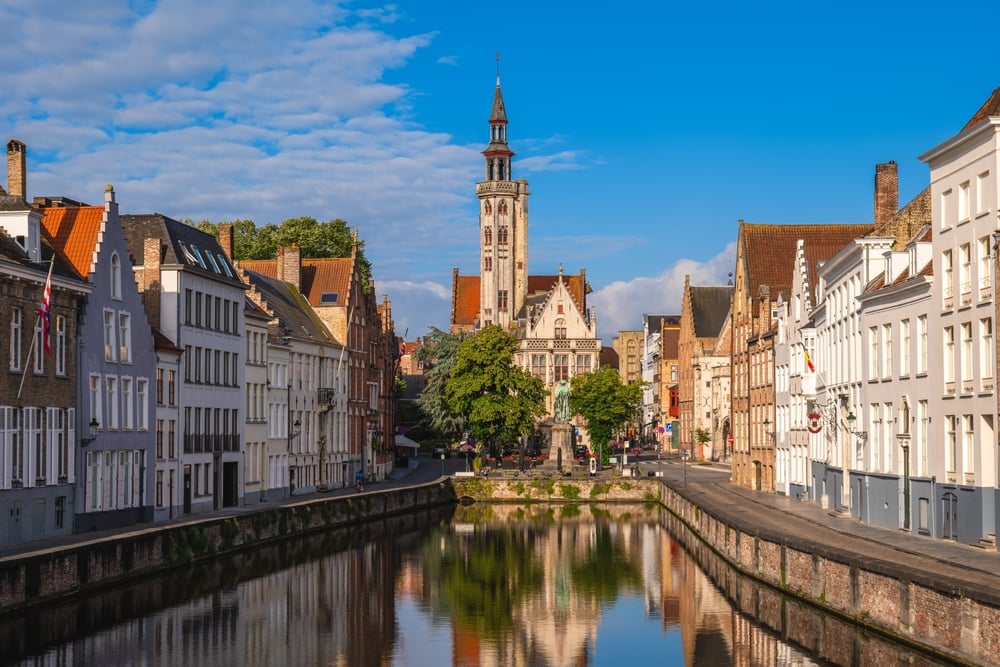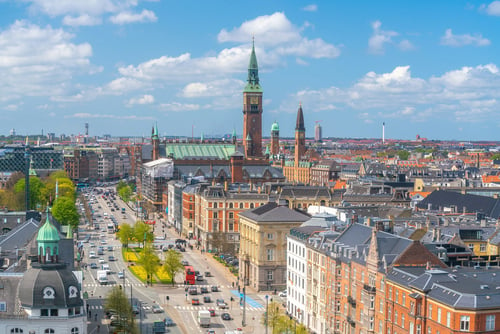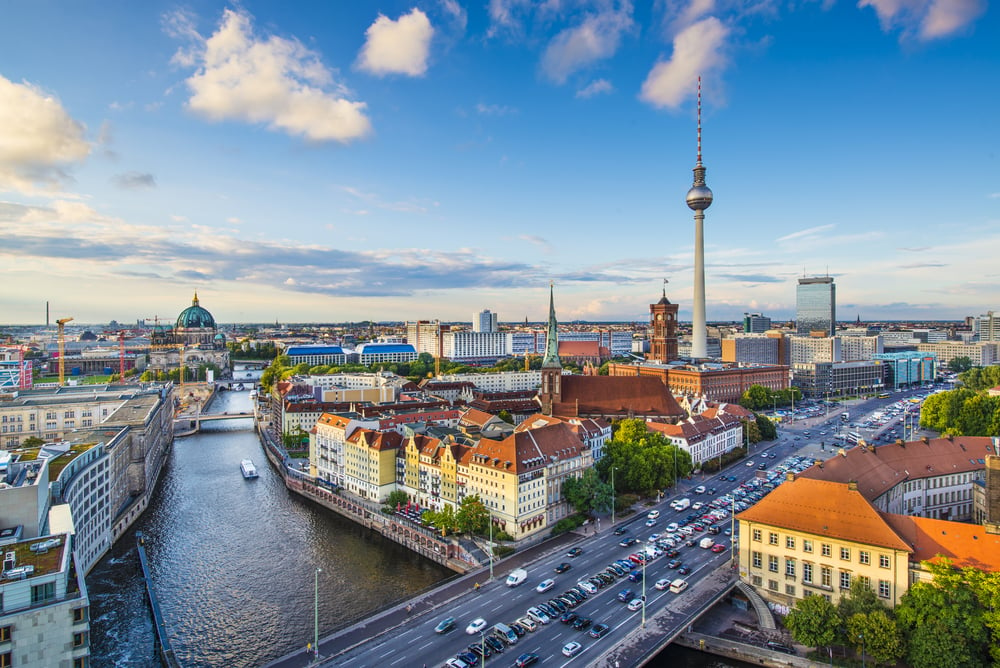If you want to explore Europe, you’ve come to the right place. Whether you want to explore the vibrant cities or the tranquil countryside, my Europe itineraries have what you’re looking for. From bustling capitals to charming small towns, ancient historical sites to breathtaking natural wonders, I’ve curated diverse trips designed to help you experience the best of Europe with ease and confidence.
British Isles
London Uncovered: Your Ultimate 5-Day Adventure Itinerary
As one of the world’s most iconic and visited cities, London offers an unparalleled experience,…
France, Belgium, and The Netherlands
1 Day in Bruges, Belgium: The Perfect Itinerary
Known as the ‘Venice of the North,’ Bruges is one of Belgium’s most enchanting cities,…
1 Day in Paris: A Perfect Day Trip Itinerary
One day in Paris is just a taste, but it’s a taste you won’t forget!…
Exploring Paris in 5 Days: A Complete Itinerary
See the best of Paris in five days, including a day trip to Versailles, with…
Amsterdam: 3 Days of Must-Do Experiences
The capital of the Netherlands has tons to offer anyone and everyone, from beer to…
Balkans and Greece
3 Days in Athens: The Top Itinerary for First-Timers [Updated 2025]
Considered the birthplace of democracy and the cradle of Western civilization, here is how to…
Nordic Countries
Copenhagen in 3 Days: The Ultimate Itinerary for a Perfect Trip
Copenhagen, the capital city of Denmark, is where vintage charm meets progressive innovation. Copenhagen features…
Central Europe
The Best 1 Day in Berlin for Cruisers
Planning a one-day trip to Berlin from a cruise ship can be a daunting task—you…
Southern Europe
Your Ultimate 5-Day Florence Itinerary To See the Best of the City
As the birthplace of the Italian Renaissance, Florence is a city that deserves more than…
1 Day in Florence On A Cruise: The Best Essential Itinerary
Florence is the capital of Tuscany and the birthplace of the Italian Renaissance. The city…
What is the Schengen Area in Europe?
I mention whether the European countries I have visited are part of the Schengen Area or not. The Schengen Area is a zone of 29 European countries that have officially abolished passport and other border controls at their common borders. For Americans, it is like traveling through different states.
Here is what this means in detail for travelers:
- Free Movement: Once you enter any one of the Schengen countries, you can travel freely to any other Schengen country without having to go through border checks. This applies to citizens of Schengen countries, non-EU nationals residing in the EU, and tourists with a valid Schengen visa.
- Common External Border: While there are no internal border controls, the Schengen Area maintains strong external border controls. This means that when you enter or exit the Schengen Area from a non-Schengen country, you will undergo passport and customs checks.
- Common Visa Policy: Most non-EU nationals require a Schengen visa to enter the Schengen Area for short stays (up to 90 days in a 180-day period). This visa is valid for travel throughout all Schengen countries.
- Note: Starting in mid-2025, travelers from visa-exempt countries will need to obtain a European Travel Information and Authorization System (ETIAS) authorization before traveling to the Schengen Area. There is a small fee, around €7. An approved ETIAS will be valid for three years or until your passport expires, whichever comes first.
Important Note about the Schengen Area:
The Schengen Area is not the same as the EU: The Schengen Area is not synonymous with the European Union. While most EU member states are part of Schengen, some EU countries (such as Ireland and Cyprus) are not, and some non-EU countries (such as Iceland, Liechtenstein, Norway, and Switzerland) are members of the Schengen Area.
Members of the Schengen Area as of 2025:
Austria, Belgium, Bulgaria, Croatia, Czech Republic, Denmark, Estonia, Finland, France, Germany, Greece, Hungary, Iceland (non-EU), Italy, Latvia, Liechtenstein (non-EU), Lithuania, Luxembourg, Malta, Netherlands, Norway (non-EU), Poland, Portugal, Romania, Slovakia, Slovenia, Spain, Sweden, and Switzerland (non-EU)










